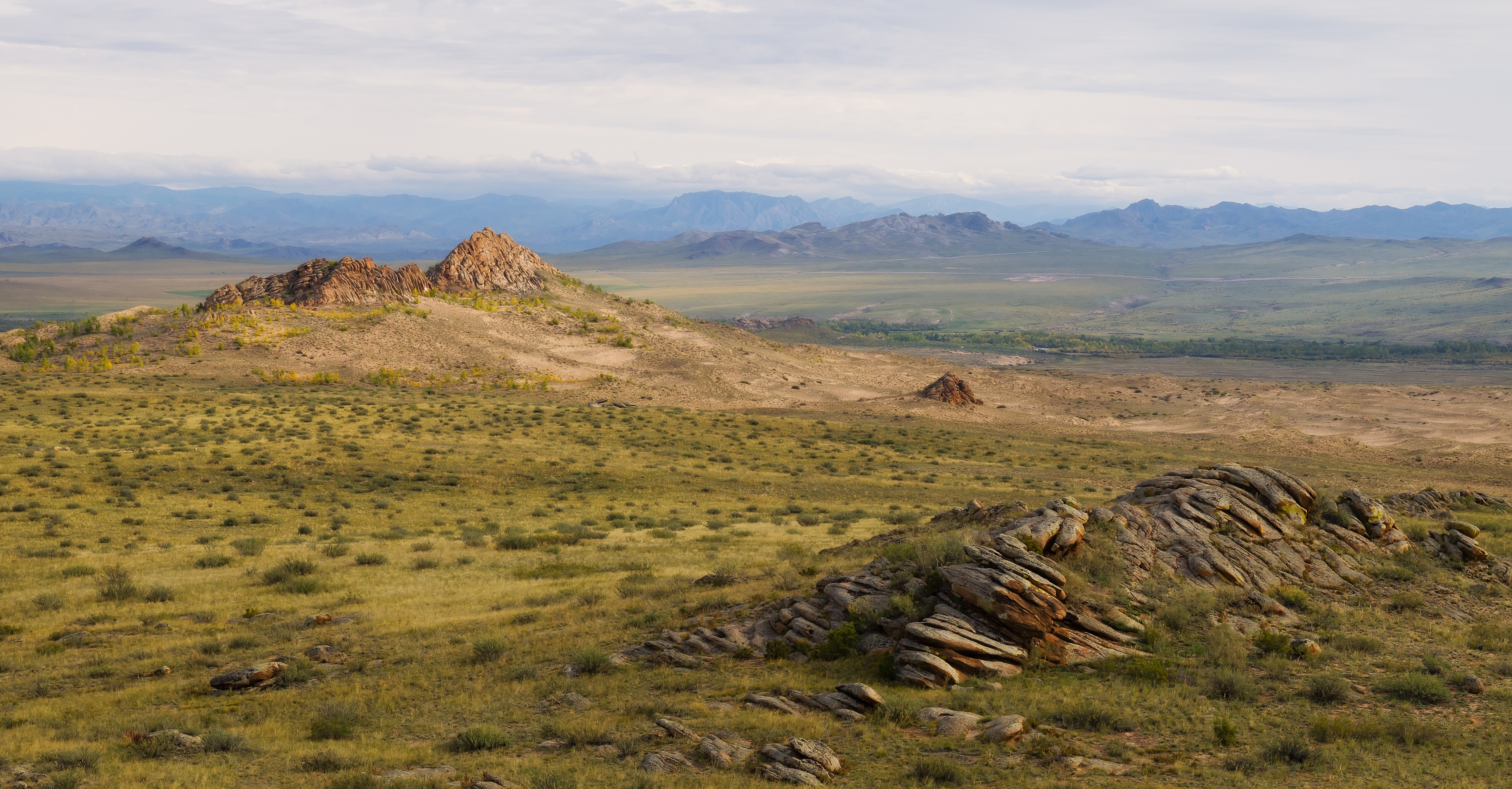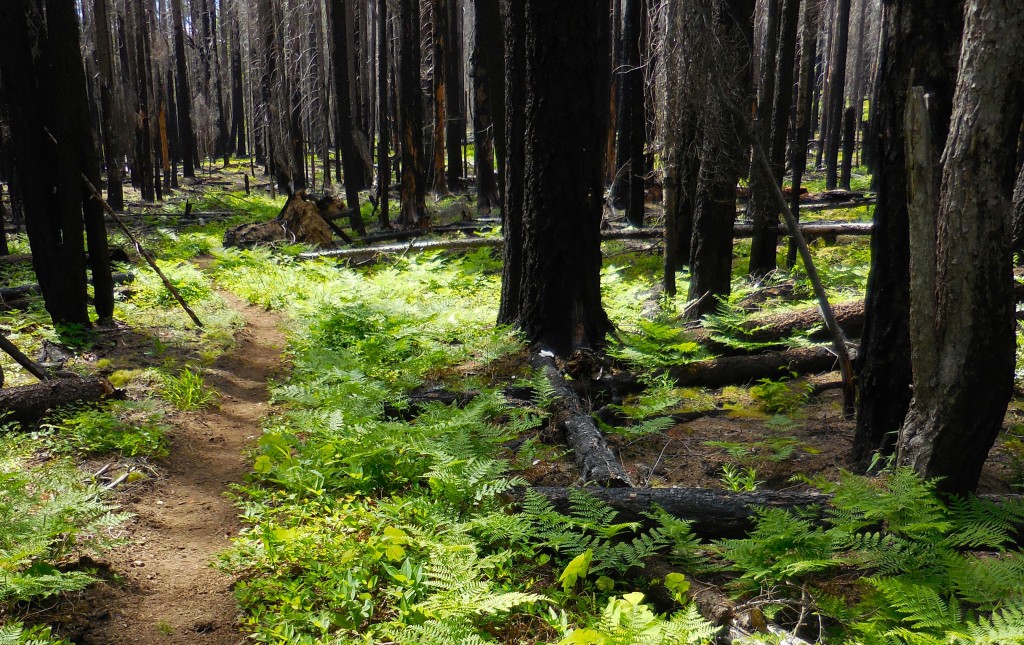
Yellowstone River, Hayden Valley, Yellowstone National Park. Photo: Wikimedia Commons.
Editor’s Note: “Of Wolves and Rivers” by Justin Ralls receives its World Premiere on our upcoming Landscape Music Composers Network concert. In this essay, Justin explores the inspiration behind his piece.
I am honored to be a part of Landscape Music’s upcoming concert with Cadillac Moon Ensemble at the Parrish Art Museum in The Hamptons, NY on September 9, 2016, celebrating the centennial of the National Park Service and our common natural heritage. In creating a piece for this very special concert, I looked to Yellowstone for inspiration. Not only was Yellowstone the nation’s first national park, dedicated in 1872, but the greater Yellowstone ecosystem is a living portrait of wilderness: filled with free rivers, rugged mountains, thick forests and wildlife. Yellowstone exemplifies what much of North America, both east and west, was once like only generations ago. Nell Shaw Cohen’s Refuge also draws inspiration from Yellowstone, with a movement exploring a musical narrative of the bison’s once and future home in the American landscape and consciousness.
Along with the bison, the wolf has become an emblem of such primal wilderness. Continue reading



